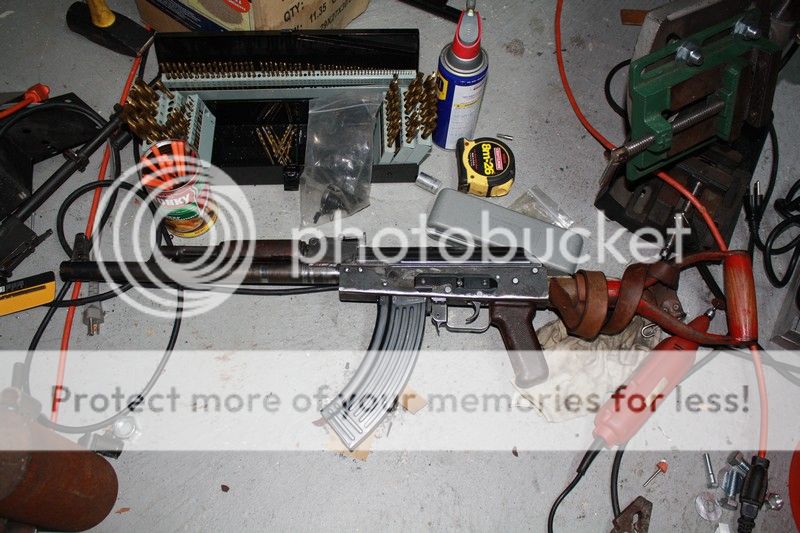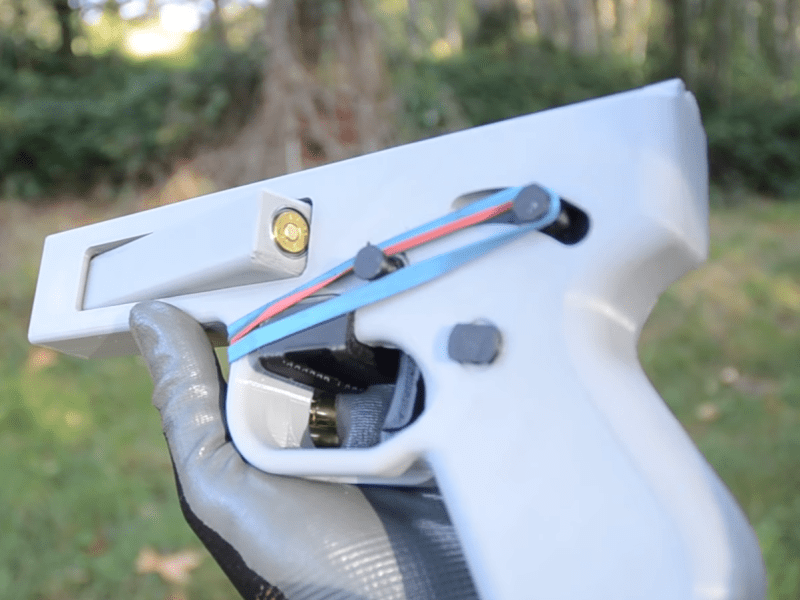Three-dimensional printing is becoming more prevalent in the defense industry, as engineers explore the process to make parts for the most sophisticated U.S. weapons,
such as intercontinental ballistic missiles.
But lesser-known projects have been in the works at a
Tinker Air Force Base, Oklahoma, shop that has been producing parts for
Air Force aircraft for at least two years.
In February, Lt. Gen. John Cooper, deputy chief of staff for logistics, engineering and force protection,
asked audiences at an Air Force Association breakfast, “Can we find better ways to maintain these airplanes? Is there some new technology that can help us? Or some new repair processes?”
The 3-D printing process is one way to do that, he said.
The general cited a trip he took to Tinker where he saw members of the Oklahoma City Air Logistics Complex, one of the Air Force’s largest depot maintenance units,
making a dashboard casing for a
B-1B Lancer bomber.
“We’re responsible for all the maintenance, repair and overhaul of all components that come off the aircraft,” Col. Robert Jackson, commander 76th Commodities Maintenance Group, told Military.com in a recent interview. The CMXG is part of the Oklahoma City Air Logistics Complex.
Jackson said the team has a wide variety of things to maintain, including many parts that would require an expensive bulk buy when they really need only one or two. Examples include mic switch knobs, crew compartment panels, sun visor brackets, and armrests that total roughly 60 different plane parts across the B-1,
B-2,
B-52,
E-3 and
KC-135 airframes, among others.
Martin Williams, director of the 76th’s Reverse Engineering and Critical Tooling, or REACT, office, said the unit already uses 3-D printers in various sizes, but they want others with flexible technologies to support making parts that engineers haven’t necessarily thought of yet.
The Lancer dashboard — or standby compass cockpit panel, as officials called it — is something the unit is currently prototyping.
Even with larger items, which require more durable parts and aren’t suited to 3-D production, 3-D prototyping streamlines the process by experimenting with designs that will be manufactured later with metal, Jackson said.
“You’re using the 3-D printed technology in order to deliver a prototype that confirms form, fit and function … and then you can be confident of your repair solution or your new part, delivering that to the traditional, organic manufacturing [unit] that’s going to use multi-axis milling machines to cut metal into that part,” he said.
Jackson said Tinker stood up the 553rd Commodities Maintenance Squadron in December 2015 for that reason, dedicated specifically to organic manufacturing.
The in-house 3-D process is much faster than going back and forth with outside suppliers for parts. “Once you get the geometry, you can print it overnight and have it the next day,” said REACT engineer Nate Pitcovich.
To identify the geometry of the part and print it takes at most two days, officials explained.
“With diminishing sources of supply, the benefit for us is the flexibility and the agility to respond to a warfighter need,” added Eric Bartlow, director of engineering for the CMXG.
“The benefit is speed,” he said.
“That’s our bottom line,” Jackson agreed.




